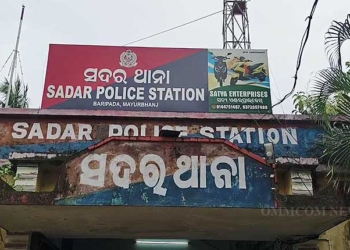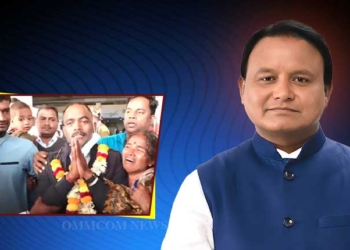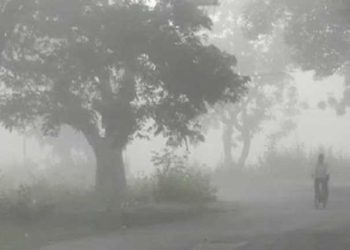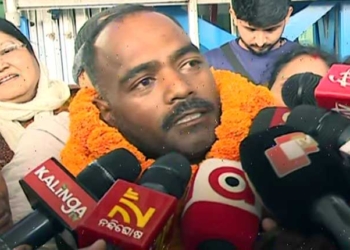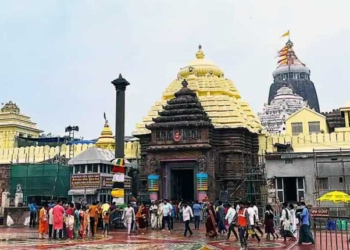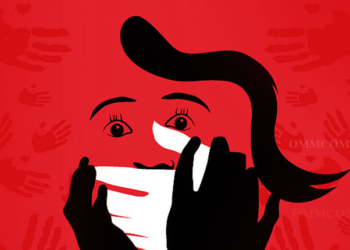In an era where most young adults are enamoured with the idea of romance, socializing, and indulging in entertainment, Rajat Kumar Panigrahi stands out as a remarkable exception. At a time when his peers are busy enjoying luxurious lifestyles, Rajat has dedicated himself to a noble cause – preserving the dying folk art of his region.
By day, he enlightens young minds as a zoology lecturer at Yuvodaya College in Bolangir district. But as the sun sets, he embarks on a different journey – one that fuels his true calling: preserving the fading embers of folk art and music.
Since 2012, he has travelled an astonishing 80,000 kilometres, crisscrossing the rural landscape to reach over 1,500 villages in his quest to save local folk art.
Through his tireless efforts, Rajat has touched the lives of nearly 20,000 artists, providing them with a platform to showcase their talents and ensuring the continuation of traditional art forms. His dedication has helped to breathe new life into the fading embers of folk culture, safeguarding the region’s unique identity for future generations.

With a zeal that knows no bounds, Rajat ventures into the uncharted territories of Western Odisha, traversing hours of rugged terrain and sacrificing precious sleep. Because his mission is to unearth the hidden gems of folk artists and musicians, whose rare and rustic talents are on the cusp of extinction. He seeks out the elderly custodians of traditional art forms, who have spent a lifetime mastering their craft.
In a candid talk with Ommcom News, Rajat talks about his journey as a preserver of folk art and music.
Hailing from Raj Komna of Nuapada district, Rajat is currently the Head of the Department (HoD), Zoology at Yuvodaya Junior College in Bolangir district. He started his journey to revive the dying folk art and music in 2012 and has been going on for almost 12 years. Initially, he started this effort personally, but now two more people have joined him. One is a videographer and the other is an editor. He collects information related to folk art by travelling from village to village. He has formed an organization called ‘Matira Kala’. He spends the money he earns from teaching on this endeavour. Of late, two of his students have even given a presentation on Rajat’s contribution to folk art.
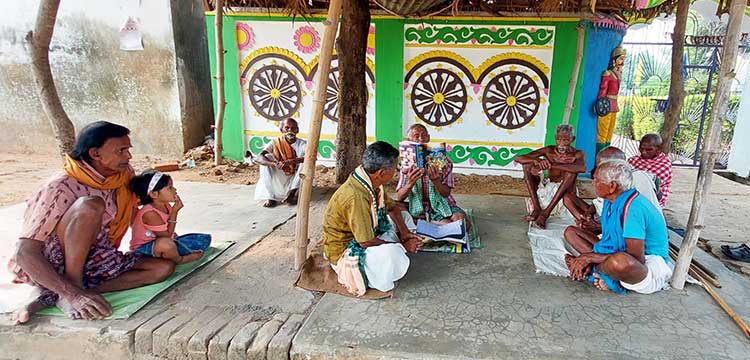
Since 2017, efforts have been made to promote folk art through social media. On YouTube and Facebook, he uploads videos on a channel called ‘Matira Kala’. With around 90 videos, his YouTube channel has been subscribed by over 15,000 people. He has worked to preserve folk art and culture such as the folk culture of the Chuktia Bhunjia tribe of Nuapada, the Debguru folk tradition of Balangir, folk instrument makers of Nuapada, Sonepur and Balangir; Dalkhai folk tradition of Bargarh; folk traditions of Dongria Kandha in Kalahandi; Dhunkel instrument, Kisan folk dance in Sambalpur, Sarangi and Ghudka folk instruments in Balangir, Kahalandi’s Ghumra dance, Chhatar Jatra of Bijaygarh (Raj Komna) in Naupada, Bargarh Ikat and puppet dance of Nuapada.

Talking about his initial journey, Rajat reminisced, “I began making documentation on traditional musical instruments in 2012 when I was in college. I used to visit villages in Nuapada in search of instruments during weekends and found many. In the past, these instruments were an integral part of social and cultural gatherings, but the skilled musicians who played them had abandoned their craft due to financial constraints. I intervened by seeking out potential buyers for their handmade instruments and successfully connected them with numerous art enthusiasts who appreciated their value and purchased them, thereby supporting the artisans.”
He recalls attending the event as a student and being struck by the realization that the traditional folk arts performed. However, what surprised Rajat was the alarming rarity of these arts, teetering on the brink of extinction, prompting him to take action to preserve them.
“I attended the annual Chhatar Yatra festival in my village as a student. It was then that I realized the traditional folk arts performed there were largely undocumented and absent from official records. However, I was shocked to find that these art forms are on the brink of extinction. This realization sparked a desire in me to take action and preserve these precious cultural instruments for future generations.”

He further said, “Emboldened by the positive response, I embarked on an expedition to Kalahandi, Bolangir and Sonepur to unearth the rare art forms and artefacts. After two years, I joined a college as a lecturer but my passion for preserving cultural heritage remained unwavering. As I delved deeper, I discovered an array of captivating performing art forms and meticulously collected an assortment of treasures, including ancient wood carvings from Kalahandi, intricate bamboo crafts from Nuapada, traditional instruments, handicrafts, and terracotta pieces from various parts of the region, each telling a unique story of the area’s rich cultural legacy.”
Rajat recounts that his colleagues and close friends frequently inquire about his endeavours, questioning the logic behind investing time and resources in supporting artists and revitalizing traditional folk art.
“My friends and colleagues ask me what tangible benefits I hope to gain from this pursuit and what ultimate achievement I envision. However, my response remains steadfast. I explain to them that certain passions transcend material gains. I’m driven by a desire for atma trupti – a sense of inner fulfilment that nourishes my soul.”
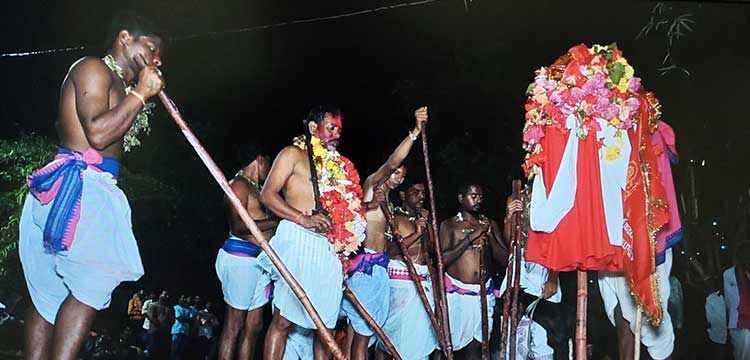
Talking about his future plan, “I plan to establish a museum shortly, where I can showcase the artefacts and information I have collected. Additionally, some of the old musical instruments I have collected will also be displayed. A website is also being developed to make all the information available online, which will be helpful for future generations or researchers. Initially, I was alone, but now I have two colleagues, Ganesh Pradhan and Satyanarayan, who have joined me in this endeavour. We need not only financial support but also efforts from everyone to keep this culture alive forever.”
Rashmi Rekha Das





